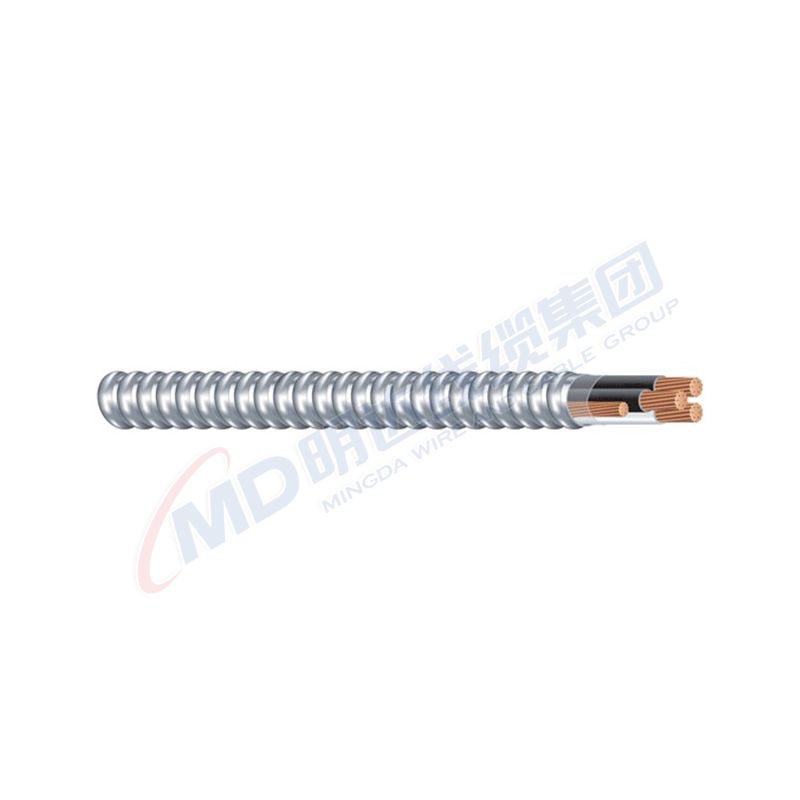Sep . 05, 2024 23:27 Back to list
High Performance Butterfly Valve | Reliable Flow Control Solutions
High-Performance Butterfly Valves An Overview
Butterfly valves are widely acknowledged for their reliability and efficiency in various industrial applications, including water supply, chemical processing, and power generation. Among the different types of butterfly valves, high-performance butterfly valves stand out due to their unique design and operational capabilities. These valves are engineered to offer enhanced functionality, superior sealing performance, and improved longevity, making them ideal for demanding conditions.
Design Features
High-performance butterfly valves typically feature a metal-to-metal seat design, which allows for tighter sealing compared to standard elastomeric seated valves. This design is particularly important in applications where leakage must be minimized, such as in chemical handling or high-pressure systems. The high-performance butterfly valve usually incorporates a double eccentric or triple eccentric disc configuration. This design minimizes the friction between the disc and the seat, reducing wear and extending the service life of the valve.
Another notable feature of high-performance butterfly valves is their compact design. These valves occupy less space in the piping system, allowing for easier installation and maintenance. The lightweight construction also contributes to decreased overall system weight, which can be a critical factor in certain installations, such as in offshore platforms or elevated structures.
Operational Efficiency
High-performance butterfly valves are designed for quick operation, and they can be fully opened or closed within a 90-degree turn. This rapid actuation is beneficial in systems that require fast response times to changing operational conditions. Moreover, these valves can be operated using various actuation methods, including manual, electric, and pneumatic actuators, providing flexibility in control strategies.
high performance butterfly valve

The low torque requirement for operation is another significant advantage of high-performance butterfly valves. Their design minimizes the force needed to operate the valve, making them suitable for applications where actuator power may be limited. This efficiency translates into lower operational costs and reduced energy consumption, appealing to industries focused on sustainability and cost-effectiveness.
Applications and Benefits
High-performance butterfly valves are ideal for a myriad of applications. In the energy sector, where high temperatures and pressures are common, these valves are employed in power plants to control steam and water flow. In the chemical industry, their robust design allows for handling corrosive and hazardous materials safely. Water treatment facilities also benefit from the reliable performance and ease of maintenance that these valves offer.
The primary benefits of high-performance butterfly valves include enhanced sealing capability, reduced maintenance needs, and improved energy efficiency. Their ability to function effectively across a wide range of pressure and temperature conditions makes them a versatile choice for engineers and facility managers.
Conclusion
In conclusion, high-performance butterfly valves are a crucial component in modern industrial applications, offering a perfect blend of design, efficiency, and reliability. As industries continue to evolve and seek more efficient solutions, the demand for advanced valve technologies, including high-performance butterfly valves, will likely increase. Their innovative engineering not only meets the immediate needs of various sectors but also contributes to long-term operational success, making them an invaluable asset in fluid control systems.
Share
-
Reliable Wafer Type Butterfly Valves for Every IndustryNewsJul.25,2025
-
Reliable Flow Control Begins with the Right Ball Check ValveNewsJul.25,2025
-
Precision Flow Control Starts with Quality ValvesNewsJul.25,2025
-
Industrial Flow Control ReliabilityNewsJul.25,2025
-
Engineered for Efficiency Gate Valves That Power Industrial PerformanceNewsJul.25,2025
-
Empowering Infrastructure Through Quality ManufacturingNewsJul.25,2025